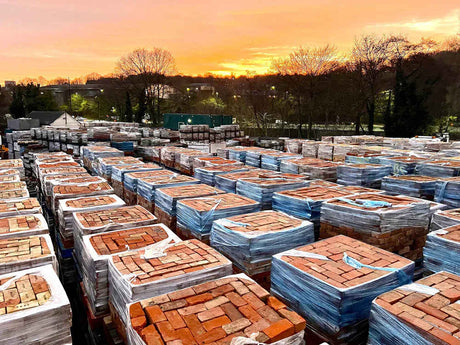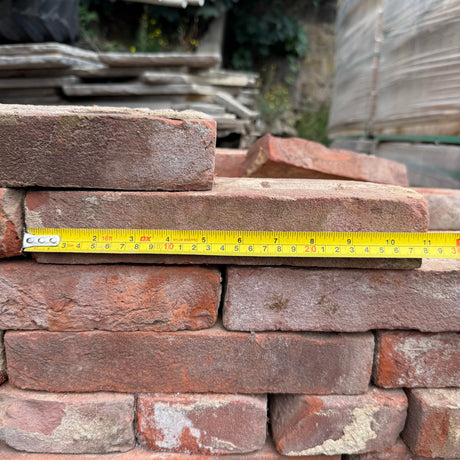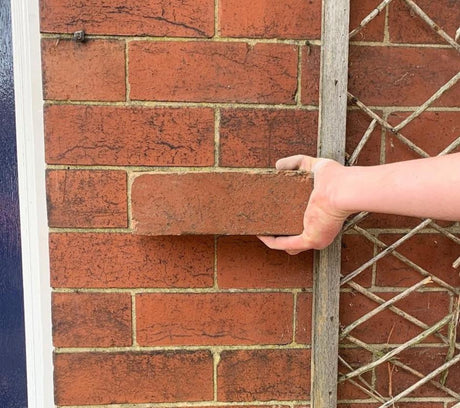With energy prices soaring across the country, many people are looking for new ways to save money. One way some people have come up with to try and do this is by using an alternative energy source to heat their homes. One such source is wood and the idea of not only saving money but also having the welcoming and cosy sight of a log burner in your home is tempting to many.

However, before installing a log burner, you need to consider the safety requirements and regulations involved.
From a safety point of view, you need to ensure that your fire surround is constructed using suitable materials.
Types of brick suitable for high temperatures
We have certainly seen an increase in the purchase of fire bricks this year. Normally, this would be confined to the summer months when, as soon as the temperature rises across the country, we all make our way into our gardens to enjoy the warmer weather. And with that exodus into the outdoors, there is a growing trend for building barbecues in the garden.

However, we have noticed the demand for and purchase of fire bricks continuing into the colder months as people re-evaluate their heating options.

The reclaimed fire bricks that we stock have been used previously to line furnaces within factories and industrial units so they are guaranteed to have the safety properties required to line a domestic fireplace.
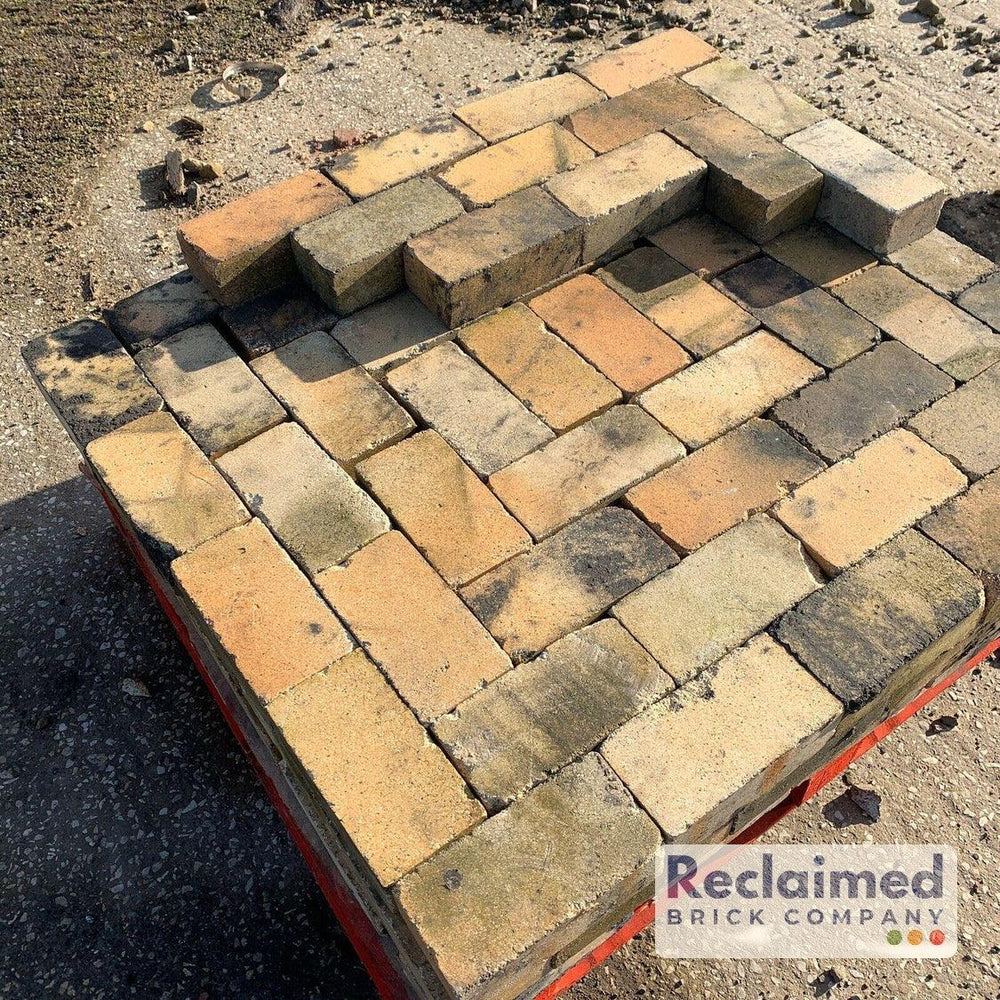
As well as fire bricks, another product that we sell is the insulation brick. These can be used in a variety of high temperature industrial applications, such as insulating refractories, kilns, furnaces, forges and stress relieving furnaces. Our grade 26 insulation bricks are heat resistant to 1430℃/2600℉ and our grade 23 insulation bricks are heat resistant to 1260℃/2300℉.
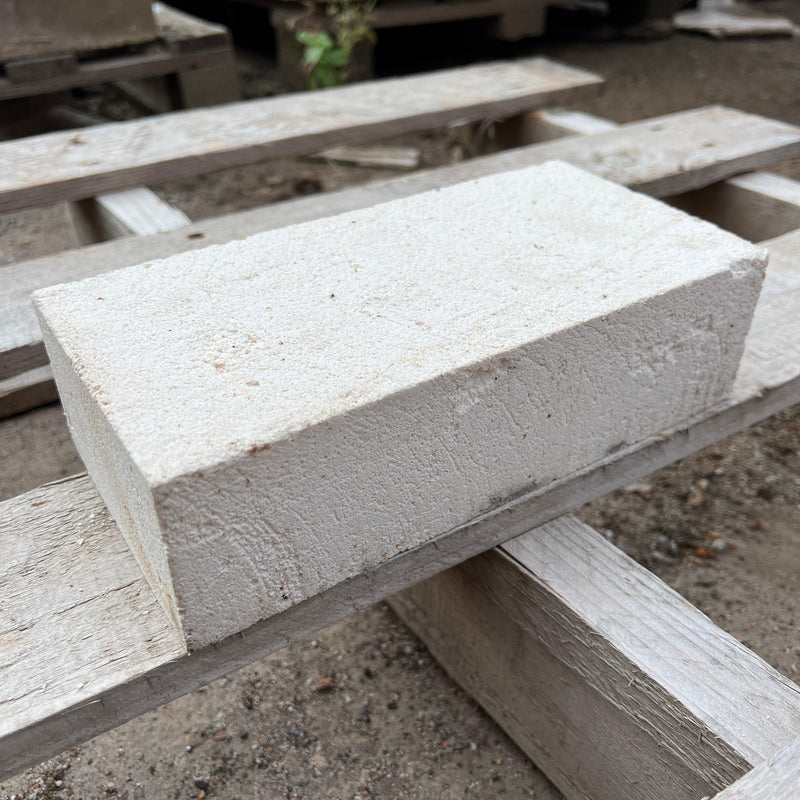
Although we can supply the bricks, we always recommend hiring a trained professional to install your log burner.
Are log burners environmentally friendly?
One of the key drivers for us at the Reclaimed Brick Company is helping the environment by reusing old materials. So, are log burners environmentally friendly? Although they can be seen as a more sustainable heating method because they use renewable energy rather than a fossil fuel like coal, a log burner will still contribute to emissions.
The best way to reduce emissions is to purchase an Ecodesign model which adheres to strict criteria around emissions and efficiency. More efficient models use less fuel to produce the same amount of heat thus also reducing emissions. The new Ecodesign 2022 rules, which are part of the UK government's Clean Air Strategy, also dictate that you will need to use "Ready to Burn" fuels. These are combustibles with a moisture content of 20% or less.
So, although a log burner may work out to be a cost-effective heating option, you need to consider whether that personal benefit outweighs the cost of the impact on the environment and how you can minimise the emissions produced.





